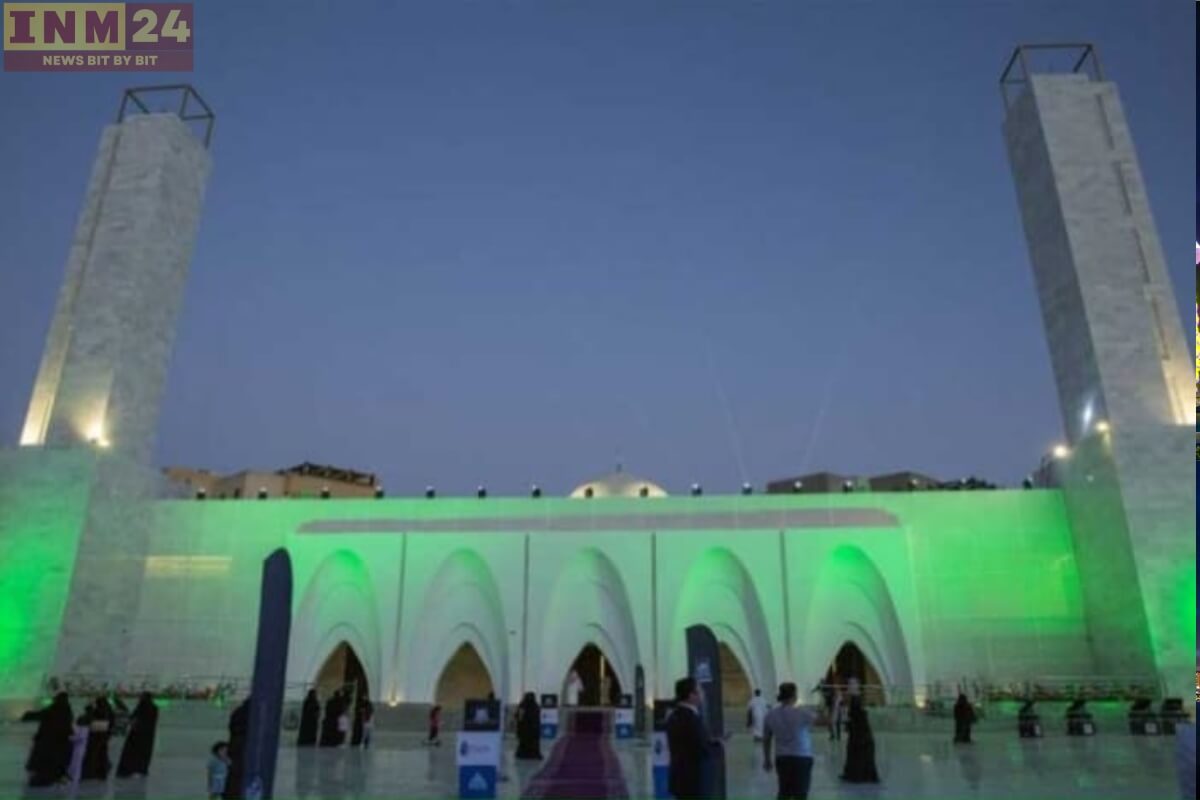In a groundbreaking achievement that merges technology with tradition, Saudi Arabia has unveiled the world’s first-ever 3D printed mosque. This remarkable feat marks a significant milestone in the realm of architecture and showcases the kingdom’s commitment to innovation and modernization.
Bridging Tradition and Innovation: 3D Printing Revolutionizes Mosque Construction
The unveiling of the 3D printed mosque represents a convergence of ancient architectural practices with cutting-edge technology. Traditionally, mosque construction involves intricate craftsmanship and meticulous attention to detail. However, with the advent of 3D printing technology, the process has been revolutionized, allowing for the rapid and cost-effective creation of intricate structures.
The mosque, located in Saudi Arabia, serves as a testament to the kingdom’s dedication to embracing innovation while preserving its cultural heritage. By harnessing the capabilities of 3D printing, Saudi Arabia has demonstrated its ability to marry tradition with progress, creating a structure that is both visually stunning and technologically advanced.
One of the key advantages of 3D printing in mosque construction is its ability to minimize material waste and reduce construction time. Traditional methods often require extensive manpower and resources, leading to higher costs and longer construction periods. In contrast, 3D printing allows for precise control over the building process, resulting in faster construction times and lower costs.
Expanding Architectural Horizons: 3D Printing Enhances Mosque Design
Moreover, the use of 3D printing technology opens up new possibilities for architectural design and customization. Architects and designers have greater freedom to experiment with intricate patterns, geometries, and ornamentation, resulting in mosques that are not only structurally sound but also visually striking.
Beyond its architectural significance, the world’s first 3D printed mosque holds broader implications for the future of construction and urban development. As countries around the world grapple with the challenges of rapid urbanization and sustainable development, innovative technologies like 3D printing offer promising solutions for addressing housing shortages, reducing environmental impact, and enhancing infrastructure resilience.
The unveiling of the 3D printed mosque in Saudi Arabia serves as an inspiration for architects, engineers, and innovators worldwide. It showcases the transformative power of technology to reshape the built environment and create structures that are both functional and aesthetically pleasing.
As the world continues to embrace 3D printing technology, we can expect to see further advancements in construction methods and architectural design. The world’s first 3D printed mosque stands as a testament to the boundless potential of innovation to shape the future of our cities and communities, while honoring the rich cultural heritage of the past.
